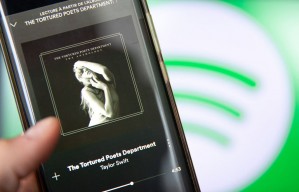Windows 10 will roll out in three days, and it will be available for free to those who own a copy of Windows 7 and Windows 8. Reports indicate that the update is better than Windows 8, which critics have overwhelmingly concluded as a failure. It reportedly combines the best features from the previous iterations of the operating system. It will also include improvements in the OS core, Information Week has learned.
Consumers can expect several improvements to the user experience. The most important would be the return of the Start menu. Windows 8 was massively criticized for the menu's removal, replacing it instead with the Start screen, which sported a "crazy-quilt of live tiles, dropped like a bomb on an unsuspecting public," according to PC World. The newly reinstated Start menu is, however, updated to accomodate the touch functionality that has driven the Windows 8 design philosophy.
Microsoft also introduced universal apps, designed to run across all Windows devices. These include Calendar and Mail applications and possibly the latest version of the Office Suite. More of these applications will be available in the Windows Store.
Users can also expect better customizability with respect to the appearance of the system in comparison with Windows 8.
Windows 10 can be downloaded through a Get Windows 10 app, and users can learn more about the process here. Presently, developers are still fine-tuning the system and troubleshooting problems, such as the bug that reportedly reduces battery life for portable devices, Neowin reported. Users are also advised to check whether their computing setup satisfies the minimum system requirements for the upgrade, which Lifehacker reported as:
- CPU: 1 GHz or faster
- RAM: 1 GB (32-bit) or 2 GB (64-bit)
- Free hard disk space: 16 GB
- Graphics card: Microsoft DirectX 9 graphics device with WDDM driver
- Display: 1024×600
- A Microsoft account and internet access








